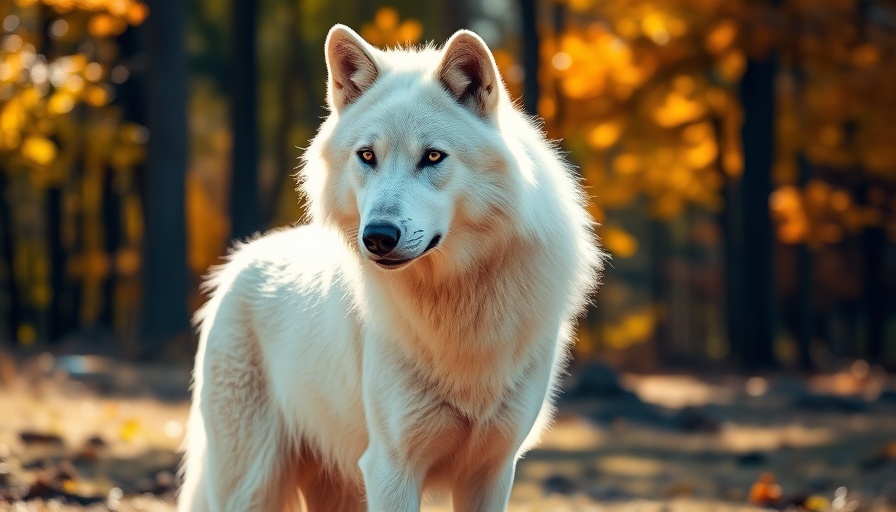
Can We Really Bring Back the Dire Wolf?
The recent announcement from Colossal Biosciences has sparked a debate that extends beyond scientific ambition. The Texas-based company claims to have successfully revived the long-extinct dire wolf, leveraging advanced genetic engineering techniques. While the images of these resurrected canines may charm many, experts caution against hastily labeling them as true dire wolves due to the significant evolutionary divide—spanning millions of years—between the dire wolf and its modern counterpart, the gray wolf. Such discussions prompt us to question not just the scientific possibilities but the ethical implications of playing god with nature.
The Danger of AI Companions
Meanwhile, the conversation around the dangers of AI companions breaks into the spotlight with California senator Steve Padilla advocating for protective legislation. Following tragic incidents involving youth and AI interactions, the need for safeguards is pressing. Critics argue that the design and addictive nature of these digital companions could lead to adverse outcomes, especially amongst the vulnerable youth demographic. As social media transitions to AI engagements, we must consider how these innovations reshape our social landscapes, often adding layers of complexities to mental health that we are just beginning to understand.
The Intersection of Technology and Ethics
The revival of the dire wolf and the rise of AI companions touch on a critical juncture at which technology meets ethical responsibilities. As companies press forward with innovations that seem straight out of science fiction, reflecting on the implications of these advancements is essential. This dual focus on animal de-extinction and human-algorithm relationships invites us to ponder the future we are building—one where the boundaries between innovation and ethical considerations are increasingly blurred.
 Add Row
Add Row  Add
Add 




Write A Comment